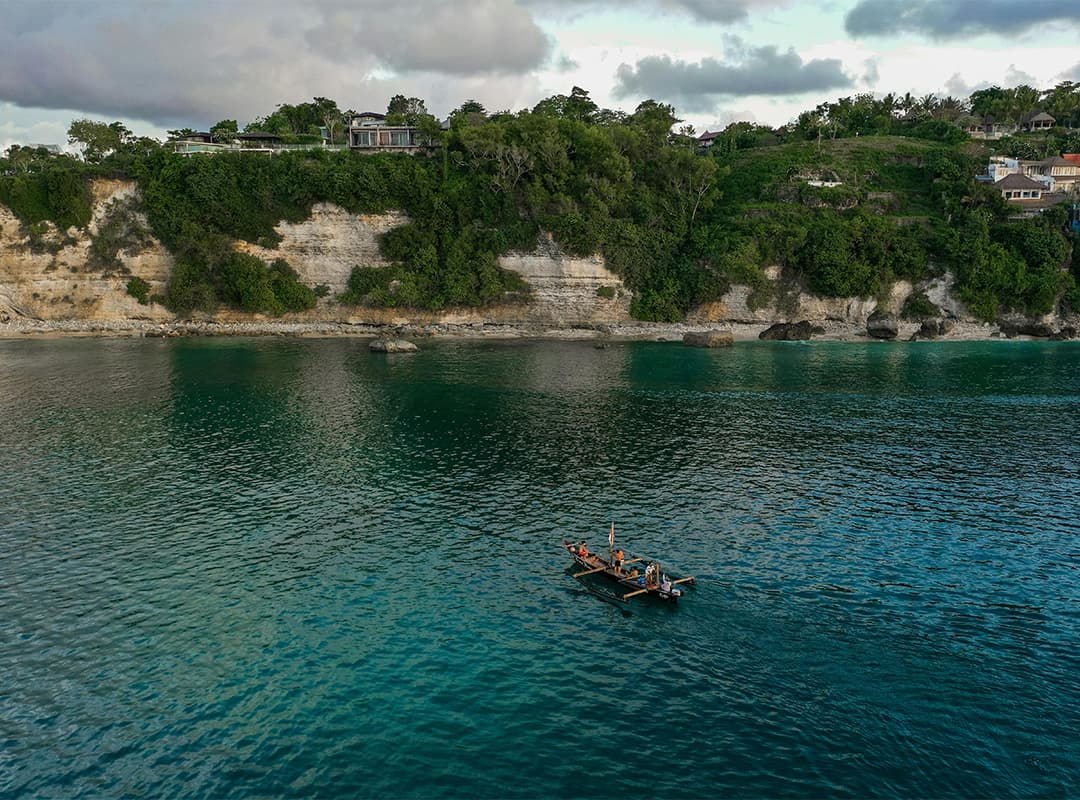New Zealand is known worldwide for its stunning scenery, making it one of the world’s most beautiful fly fishing destinations. Luxuriant meadows, towering peaks, undulating hills of emerald grass and wildflowers, all surrounded by isolated, gin-clear streams of our dreams; New Zealand’s waters are a true freshwater angler’s paradise.
Although trout are not native to New Zealand, they have flourished in the region. The trout here tend to be larger than their counterparts found elsewhere, with an average fish weight of three to four pounds. They demand the highest respect and dedication from anglers, earning a reputation for requiring stealth, precision and skill to fish.
Our lodge partners in New Zealand specialize in using helicopters and hiking to reach the most remote streams in all of New Zealand. While anglers travel far and wide to fish in New Zealand, you can rest assured that when you book through Yellow Dog, you’ll be fishing some of the least stressed areas in the small country. Additionally, anglers traveling from the United States can take a break from the hustle and bustle of winter and head to the southern hemisphere where the fishing is heating up.
The best time to travel to New Zealand is when you can; however, the approach to fishing varies depending on the season.
October and November are the best months to visit New Zealand if you like active dry fly and nymph fishing. During these months, you can usually catch more fish, as the trout are somewhat more forgiving due to the lack of fishing pressure during the colder months. Moreover, as temperatures rise, trout that have been dormant begin to look for new signs of food.
As with any spring trout fishery, bug life comes to life and the trout are much more active as the temperature rises. We recommend faster water nymphing with heavier flies or using a dry dropper if mature beetle life is evident. In November and into December, beetle life is abundant as summer approaches.
The crowds don’t show up in New Zealand waters until late in the season, so booking for this time is a great option for lower pressure water. The combination of hungry fish, less pressure and the first bugs of the season makes this a fantastic time.
If you’re an angler who likes a consistent dry fly, then January and February are the best months to do so. Historically, these two months produce the warmest and most stable weather, allowing dry fly fishing to be at its peak.
You can wade fish every day, looking for trout in the river. This targeted approach and the typically smaller number of fish per kilometer means that you will usually get fewer fish each day. However, on average, these will be much larger fish than the trout you are used to catching in the United States. This approach has generally made New Zealand one of the best destinations in the world for freshwater fly fishing.
During the peak of summer, high temperatures and low water are commonplace. While this makes for fantastic conditions for sight fishing, it also means a more stealthy approach! In addition, this is the most active time for New Zealand’s streams and lakes, which means the fish are scarier than ever.
Guides are usually good at telling you about the water they have covered or plan to cover, but this is not always the case. During these months, it is not uncommon to find other anglers fishing the same stretches of water you plan to fish. That said, New Zealand remains one of the most solitary freshwater fisheries in the entire world, with water availability between the north and south islands throughout the year.
At the end of the season, the crowds start to decrease, but the fishing remains fairly stable. The water level may be low in early fall, but the drop in temperature signals to the fish that colder days and less food are ahead.
A month before the end of the season is a great time to return to dry-dropping. It’s helpful to use a dry fly box with some variety, as both attractor patterns and smaller dries can be effective depending on conditions. It’s also a great time to streamer fish deeper areas and around structures to target big, aggressive fish. As water temperatures drop, smaller nymph models are recommended. With the onset of fall, expect colder mornings and evenings, and the best fishing will be during the peak of the day.
